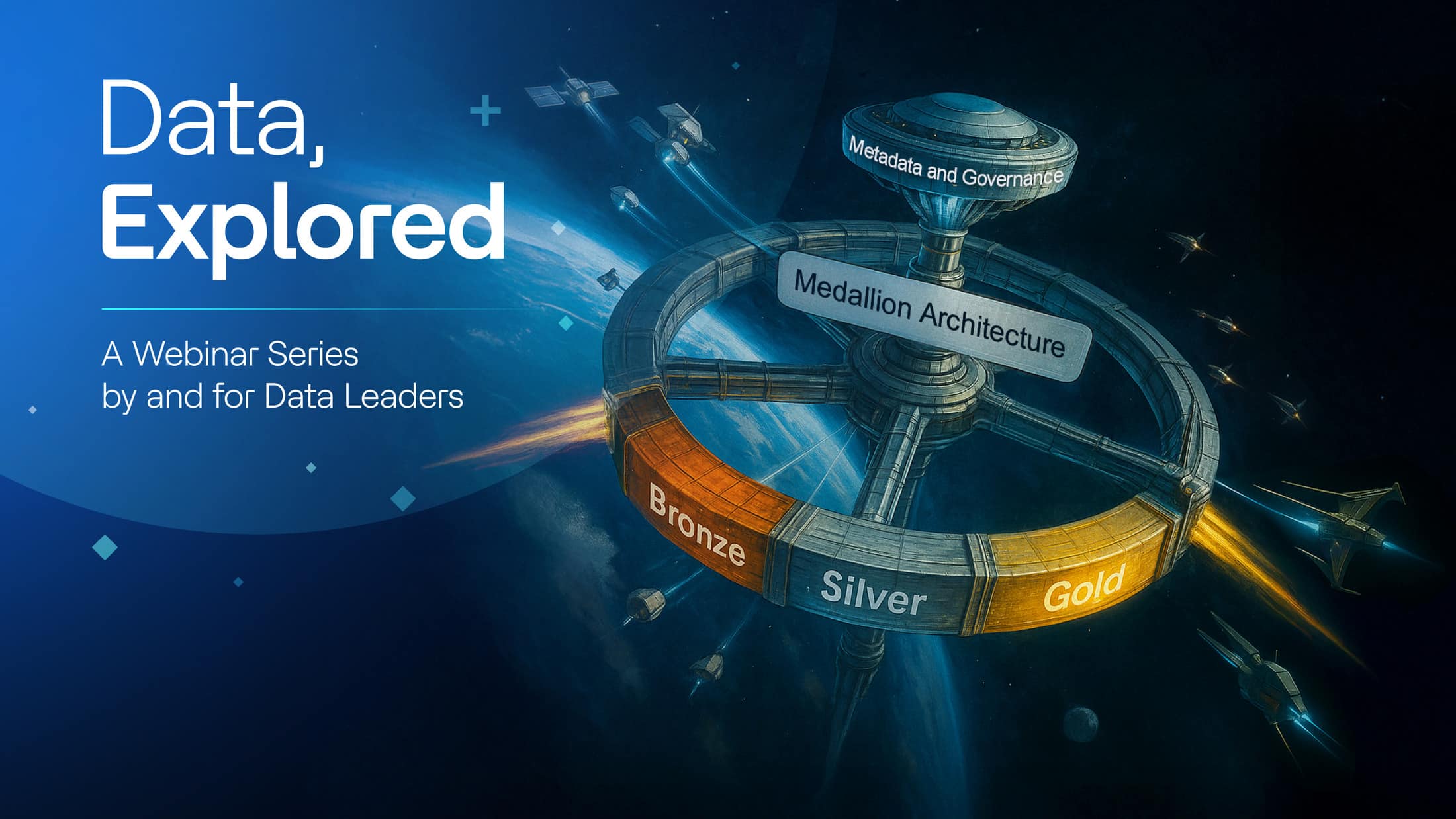Data is collected to support the strategic outcomes of the organization. Data gathered that does not accomplish or support the organization’s goals is a waste of time and resources. Since the customers drive all organizations that they serve, Customer Data Management as a capability and a discipline is crucial for all organizations. Customer Data Management is supported by a practice consisting of people, processes, customer database management tools, and various suppliers of customer data tools such as CRM Data Management sources.
Customer Master Data Management (MDM) is critical for organizations to understand their customers. Customer MDM should be done using a platform approach to manage customer data from a single source of truth or single customer view to enabling support of the harmonization of customer data, information, and decisions across the organization. Data is KING every place and in every organization.
What is Customer Data Management
Customer Data Management is the practice of acquiring, storing, organizing, analyzing customer data for organizational decision-support, enabling the improvement of the organization’s responses and behaviors to customer acquisitions, customer growth, service support, service delivery, customer experiences, retention, and relationships through the organization’s specialized capabilities in marketing, sales, research, development, production, and overall operations.
Organizational structure influences the organization’s behavior, and customer data should influence the decisions of the organization’s various functions driven by the corporate strategy. Customer and Client data management matters greatly to every organization, whether they are for-profit or not. An organization without any customers or clients is, in reality, just someone’s hobby that may one day want to be a business.
The discipline of Customer Relationship Management (CRM), which is used to manage all the organization’s relationships and interaction with current and future customers, relies on a CRM Data Management or client database management system to support the management of the lifecycle of the customer master data from the beginning of the relationship to end.
Customer Data Management Effects
The effects of Customer Data Management or Client database management on the organization and its customers are many. Below is a list of some of the effects of a customer management database on an organization.
- Increased data quality across the organization for decision support, especially real-time decision support. A CRM database (Customer Relationship Management Database) and the practice of CRM database management can be useful in helping with the acquisition of potential customers as well as the retention of existing customers. The CRM database system can also be helpful for all customer analytics, including analysis of why a customer may have left and used a competitor instead. This type of analysis can help with the strategic intent of the data and the overall creation of a better strategic plan for the use of the customer relationship management database.
- Understanding and improving customer and client experiences with the organizations’ products and services. Understanding customer satisfaction and dissatisfaction, including underlying causes that may reveal challenges with the customer. Then, relate this data with other organizational data, which can be very beneficial for the organization’s long-term sustainability and services.
- Increased understanding of customer growth, decline, and retention rates and the underlying reasons for each. Organizations need to be customer-focused in their decisions and need capabilities that a customer management database provides.
Customer Relationship Management data can be related to any other corporate data supporting and delivering better services and products to its customers. And a single source of customer truth can only be revealed with an integrated approach to a unified customer database system to help the organization perform better across all functional areas.
Customer Data Management Tools
Customer data management tools are everywhere. Data is collected in almost every piece of technology that we use as consumers or customers or as a product and service supplier. Not just customer data management but data management tools and data management software, in general, are everywhere. Data drives everything.
The challenge is integrating the many silos of data and information into a single source of truth or a master data management tool (MDM tools) and database. Then the data management tools associated with the single source of customer truth can reconcile, improve governance, improve decision support, and improve the organization’s business outcomes. The customer would also be happier with an organization that understood their needs based on their collected customer data.
Customer data can be tested using test data management tools for integrity and to help with customer predictions. This can help with just-in-time marketing, sales, and other efforts in the organization. There are many sources of data management software that can be utilized for improving customer data intelligence. There are also metadata management tools available to help with effective customer data management. These tools should be driven with intent based on the organization’s strategy to support their customers or potential customers.
Manage and Protect Your Customer Data
The security of customer data should always be taken very seriously. Today, there are so many incidents and breaches of customer databases being hacked by unauthorized sources, resulting in all kinds of issues, including tarnishing the organization’s reputation responsible for the protection of the data. Protection of customer data is the utmost concern of any organization today. Those who don’t or fail to protect customer data end up paying penalties or ransoms, resulting in additional costs of doing business.
Manage customer data using the industry’s latest technologies and security practices. Protect your customer data from all the various attacks possible by establishing a data security team. Customer data security should be a number one priority in organizations today. Security has to be managed dynamically in real-time as soon as a possible threat is known.
Security of customer data also means protecting customer data privacy and protecting the customer information from external threats and risk and internal employees’ misbehavior. Protecting customer information is costly but a necessary expenditure. Organizations have to continually educate their employees, including customers, and create constant reminders about security threats.
History of Customer Data Management
Customer data management has been around for as long as there was the concept of a customer. Data management history has its beginning without the use of computing technology but with exchanging goods and services. Back in the early years before computers, people kept up with their customer data either by memory or maybe by jotting down notes on paper or using other materials.
When more automated means started to develop with the invention of computers, all data had a relationship to a customer or client. Customers were the reason business existed, so customer data has always been vital. The customer data had to be kept to make sense of or give purpose to the other collected data. Primary customer data such as name, telephone, account number, and address helped us qualify the data related to a service or product that was consumed.
Before the invention of database management systems, customer data was kept in separate files and eventually collated with other data during the computing process. Eventually, database management systems organized the customer data and associated related data into one, providing information creating a relationship between the data for better performance and accessibility of the data for decisions.
As time progressed and the innovation continued for customer data management systems, so did the need for increased controls, security, and data governance. Government regulations such as Health Information Privacy (HIPAA) act for data protection and others emerged because of the importance of protecting customer data from misuse.
Today, there is cloud data protection and management to assure customers and organizations protection of critical customer data. Cloud providers offer today and adopt a standardized government approach to cloud security called FedRAMP for risk management for cloud technologies. FedRAMP testing and compliance are very costly but well worth the effort for securing customer data.
Customer Data Management Best Practices
Managing customer data requires Accountability and Responsibilities defined in your organization, in other words, ownership of overall customer data management. There also has to be coordination and collaboration with customer data management users and tools across the organization as it relates to the lifecycle of the customer. This coordination and collaboration help with the effort to give all customer data meaning for the organization, not just for a particular organizational group or function but also for the organization as a whole. This also includes the relevance of all customer data and exchanges for the customer service value chain that exists between different teams. This helps to eliminate unneeded data for decision support within functional units across the organization.
Listed here are a few customer data management best practices:
- Focus on people practices and knowledge for effective and efficient customer master data management. People matter, and the processes that they follow including how they manage data. There is lots of customer data that is dependent upon the interpretation of the person entering the data. Make sure people understand the importance of the integrity of customer data.
- Security, Security, Security. Manage access to data. Manage all your data assets and relative assets, including data centers, on-premises infrastructure, data clouds, and anything related to the data infrastructure for access. Every component from the platform, infrastructure, and applications matter for data security.
- Avoid customer data silos. Invest in CRM Data Management best practices and tools to create a single source of customer truth for customer master data management. Sometimes silos cannot be avoided; in that case, make sure there is consistent reconciliation of the data in the silos.
- Be careful of managing data that has no purpose for decisions. Data management practices should be well defined with the value of the included data collected. Put rules and technology compliance measures in place to help when possible with the technology in use.
- Customer data is critical to the organization. Invest in backup, redundant, failover, and resilient solutions. Consider a hybrid cloud data management approach.
- Keep customer data relevant and high-performing for the organization. Clean up data, evolve, transform data and make sure the end-user or automated technology can use it effectively.
- Manage all end-points of usage and collection of customer data. Create data operational level agreements, key performance indicators, and critical success factors for all functions supported by the customer data knowledge. Do real-time monitoring for compliance to the data standards.
- Consider cloud data management. Many cloud data management vendors have helped by taking the worry from many organizations for the management of their customer data. As mentioned earlier, many cloud data management vendors are FedRAMP compliant to help ensure customer data security.
There are many more available best practices related to customer data management, cloud data management, enterprise cloud data management, and other related DBMS technologies that you can find by researching each topic or attending events with speakers from various organizations. Take the presented practices as good practices, extract what you need to solve your problems then create a best practice that works for your organization’s structure and behaviors. Remember, all practices evolve over time with the introduction of new techniques and technologies. So remember to keep up with the latest technology trends and discussion on how people and organizations are solving today’s problems.
Customer Data Management Resources
There are many Customer data management resources. Many are from Cloud Data Management providers and researchers. For Cloud Data Management, Gartner is a great resource for research articles. There are many how-to manage data in the cloud articles available when searching. Read each, notice the commonalities and differences in the approaches and choose what is best for your organization. There are other resources and data management plan templates available from top cloud data management companies such as:
- Google Cloud Data Management.
- Iron Cloud Data Management.
- Talend Cloud Data Management.
Managing data resources, especially customer data resources, is a daunting task for many organizations. A cohesive strategy is critical and must be in place with governance, risk management, and compliance technology capabilities to address the needed speed of reacting to protecting the valuable resource of customer data. Customer data management is a must capability today to help ensure organizational longevity.
Gain Real-Time Customer Insights Across Silos
If you have siloed departments leveraging different applications and their associated data to drive your customer experience, improving revenue and delighting your customers requires a unified view of all of your customer data. Actian Data Platform empowers anyone in the organization – from data scientists to citizen integrators – to quickly and easily combine, clean, and analyze customer data from any source, in any location.
Improve customer insight with the industry’s fastest cloud data warehouse to create compelling customer experiences, identify new customer and revenue opportunities building loyal customers for life.





